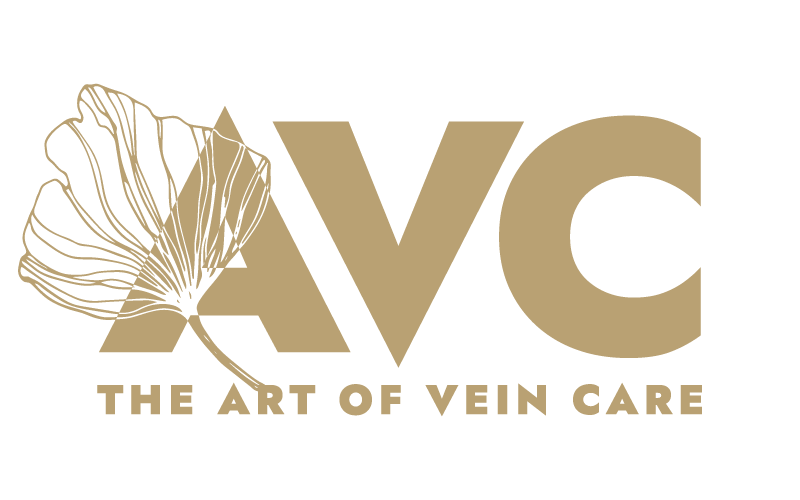[vc_row type=”in_container” full_screen_row_position=”middle” column_margin=”default” column_direction=”default” column_direction_tablet=”default” column_direction_phone=”default” scene_position=”center” text_color=”dark” text_align=”left” row_border_radius=”none” row_border_radius_applies=”bg” overlay_strength=”0.3″ gradient_direction=”left_to_right” shape_divider_position=”bottom” bg_image_animation=”none”][vc_column column_padding=”no-extra-padding” column_padding_tablet=”inherit” column_padding_phone=”inherit” column_padding_position=”all” background_color_opacity=”1″ background_hover_color_opacity=”1″ column_shadow=”none” column_border_radius=”none” column_link_target=”_self” gradient_direction=”left_to_right” overlay_strength=”0.3″ width=”1/1″ tablet_width_inherit=”default” tablet_text_alignment=”default” phone_text_alignment=”default” column_border_width=”none” column_border_style=”solid” bg_image_animation=”none”][vc_column_text]
This condition was first described at the Mayo Clinic in 1940. It is a disorder where there is an unusual distribution of fibrotic fatty tissue on the arms, legs, hips and buttocks. The trunk, hands and feet are not affected. It only affects women and is thought to involve sex hormones at times when weight gain is common, such as during puberty, pregnancy and menopause. In approximately 60% of subjects it is inherited through genes affecting microvessels resulting in excess fluids bound to proteins (glycoaminoglycans) in the tissue just under the skin (subcutaneous tissue) and between the cells (interstitial space).
The usual symptoms of lipoedema include:
- Enlarged legs including the lower calves (sometimes referred to as cankles)
- Small waist
- A bracelet effect around the wrists and ankles, as the feet and hands are spared
- The arms and legs can be very painful or tender to touch
- Legs and arms are easily bruised
- The fat is soft and can feel cool
- Becomes worse in summer or warm weather
- Diet and exercise do not have a significant effect in changing or decreasing the fat distribution
- Worse at times of hormonal change
- Skin appears thin and has a cellulite appearance
There are 3 stage of lipoedema:
- Normal skin surface but an enlarged fatty layer in the skin
- Uneven skin with indentation in the larger collections of fat in the skin layer
- Bulky fatty roles of skin and fat especially around the thighs and knees although it can also affect the upper arms and around the lower calf
Lipoedema affects around 11% of the US female population with reports ranging from 6-39%. It needs to be distinguished from other diseases of the fat such as Madelung’s disease (a rare disease of the upper body) and Dercum’s disease (multiple painful lipomas, also a rare condition).
Uniquely, fat specifically related to lipoedema is very difficult to lose by the usual methods of weight loss such as diet, exercise or bariatric surgery (gastric banding, bypass etc). The condition is often confused with obesity related to diet (by far the most common cause of obesity in Western society) although both can occur together. It is also confused with lymphoedema (both primary and secondary) especially when lymphoedema is combined with venous disease, when it is called phlebolymphoedema. There is a complex relationship between the three conditions where all have to be taken into account when dealing with any one of them.
Treatment of lipoedema should be managed in a centre that has a specific interest in the management of this disease. Management of co-existing venous and lymphatic problems need to be addressed first, then the lipoedema. In the early stages it is managed with a combination of herbal and hormonal therapies. Liposuction can also be helpful. In further advanced stages, more aggressive management is needed. This includes surgery to remove large deposits of fatty tissue and excess skin. Compression stockings prevent swelling due to build-up of fluid. Lymphatic drainage is also helpful in preventing swelling. Certain herbal or hormonal supplements can also help.
If you want to know more about this topic, here is an introduction to lipoedema, a link to the ICD-10-CM codes, and a link to the Lipoedema Australia website.
At The Art of Vein Care, we specialise in the management of varicose veins and venous disease. We offer expert consultations, walk-in walk-out treatment with minimal down time. If you would like further information, please contact us here: https://theartofveincare.com.au.
[/vc_column_text][/vc_column][/vc_row]
